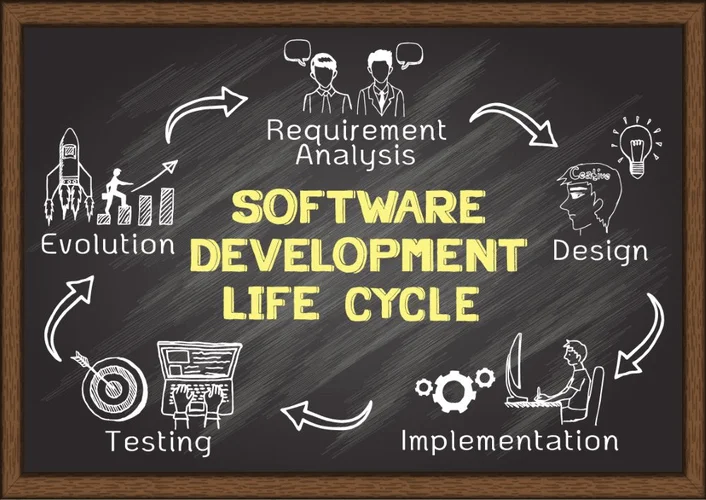Content
- Monolith vs. Microservices: Why Companies Switch Back and Forth
- Powerful data and analysis on nearly every digital topic
- State of the BaaS Model: Some Perfect Partnership Examples
- What Is Embedded Finance in Banking?
- Benefits for Bank and Non-Bank Companies
- Can I use Crassula service without financial expertise?
- BaaS, Embedded Finance, and Open Banking models: what’s the difference?
A decade ago, almost every platform could be considered “SaaS 1.0,” where they simply offered tailored software services and generated monthly recurring revenue from customer subscriptions. Today, most platforms are considered part of the “SaaS 2.0” generation, which facilitates online payments for their customers—marking their first step into embedding financial tools into their product. This feature has become table stakes for platforms; without embedding online payments, platforms have a much harder time competing in the market. Facilitating online payments also helps SaaS 2.0 platforms generate more revenue—in addition to charging for monthly subscriptions, they can also charge customers for access to payment processing. Other sources of revenue could include set-up charges or revenue-sharing agreements. The good news for banks is that these new market entrants can’t fulfill all of those needs.

The 2nd Financial Innovation Forum is an elite platform of international industry experts gathered for engaging discussions on the latest… The increased interest and excitement towards cryptocurrencies has resulted in an influx of new money flowing into the cryptocurrency market…. An increased scrutiny of initial coin offerings shows that a professionalization of the ICO process is urgently needed. The basic three types of BaaS offerings are mentioned below in the chart. Depending on the size, type and business operations of an organization, BaaS can be explored and implemented. It would be interesting to see how technological progress will affect the BaaS model in the next decade.
Monolith vs. Microservices: Why Companies Switch Back and Forth
Introducing BaaS. The basic building blocks of the usual banking infrastructure are constructed by BaaS providers and packaged for businesses. Then, businesses may quickly implement them to provide their clients with embedded banking and other financial services. We believe that BaaS will bring together digital technology platforms and finance to change the shape of economies and most sectors for years to come.

This enables customers to share their financial data with authorized third-party providers, such as fintech companies and other financial institutions, in order to access new and improved financial products and services. Open banking aims to increase competition in the banking sector and provide customers with more choices and convenience. In others, BaaS involves nonbanks providing financial services like point-of-sale loans, payment plans and compliance tools.
Powerful data and analysis on nearly every digital topic
With current API offerings from private banks like HDFC, ICICI, and Kotak and recent BaaS FinTech startups like Zeta, Setu, and Yap, the API space is booming in India. With more and more e-commerce sites competing for customers, and as online sales continue to increase, the only way to stand out is to offer a comprehensive service and help customers out. Lending is an incredibly powerful tool that can help small merchants compete with large e-commerce markets.

The bank would appear as any other online bank where all banking services are presented and seamlessly integrated in a single user interface. Another option is that the bank will operate as a white label bank, which will then have a software as a service provider on top of the BaaP operating as the front-end to the end-customer. Invoice2go started as a tool to help small businesses invoice their customers and get paid faster. Today, they’ve evolved into a platform that helps their customers manage all aspects of their businesses—including their finances. The addition of bank accounts and cards to their platforms enables them to be a one-stop shop for their customers. They allow your customers to deposit and withdraw funds, as well as make and receive payments.
State of the BaaS Model: Some Perfect Partnership Examples
If you answered yes to any of the above questions, then you may want to investigate partnering with a banking-as-a-service platform to make financial products available to your customers. In this section, we’ll review how tech companies partner with banks to make the banks’ financial products available to their customers. It’s basically white-label banking, where a bank or a fintech company offers its financial or banking product for a profit to other fintech companies that put their name on it. This licensed digital bank from Germany provides a BaaS platform that encompasses an array of modular banking APIs.
With the new platform, they can offer a broader range of services to their customers and even tailor products like credit cards, loans, and insurance. The use of BaaS platforms by fintech startups has enabled them to offer financial services without the need for a banking license. With BaaS, fintech startups can focus on developing their unique financial products, such as mobile banking apps, without the need for significant investment in back-end infrastructure. For example, Monzo, a UK-based mobile bank, uses a BaaS platform provided by OakNorth Bank to offer services such as account management, payments, and loans to its customers. BaaS platforms are created and managed by banks, and they provide APIs that allow third-party providers to access banking services, such as account management, payments, and loans, among others.
What Is Embedded Finance in Banking?
As financial services become more fine-tuned to reflect the needs of consumers, BaaS providers will attract new customers. Better client profiling and added revenue streams will provide a well-deserved bonus for merchants. All merchants need to do is establish relationships with several relevant banking as a service platform providers and manage them efficiently. The benefits for the banking sector from teaming up with providers and brands and reaching a much broader audience are even more obvious. Thanks to providers’ commission fees and the added revenue streams they can tap into with this innovative strategy.

For example, with a BaaS provider, companies don’t have to worry about keeping up to date with new terms and regulations. These APIs and the information they provide can be utilized by FinTechs or any other third-party developers running a digital platform to build new consumer-facing and enterprise-facing financial solutions. BaaS providers simplify the international payments process by supporting SEPA.
Benefits for Bank and Non-Bank Companies
As Banking as a Service nears mainstream adoption, there is a significant opportunity for banks to join the BaaS ecosystem, develop new relationships with fintech firms and create new revenue streams for themselves at the same time. An example of open banking would be a personal finance app enabled by banking techonology that lets customers https://globalcloudteam.com/ view insights into their monthly spending online. The Age of Value Added Digital Financial Services The benefits of value added financial services to the customer are wide-ranging. BaaS is a cloud service model in which application developers normally outsource there entire behind the scene aspects of a mobile or web application.
- The banking industry is one of the fastest-moving sectors in the world.
- It contains the perfect resources to make it easier for you to develop everything ranging from more straightforward cloud-based software solutions to cloud-based, sophisticated enterprise applications.
- By making bank accounts available to them, Shopify helps them avoid many of the fees typical of traditional banks and get paid faster.
- Apple Card serves as a retail-facing credit card, provides the Wallet App with bill payment features, and assists clients in establishing healthy money habits.
- Analysts predict this strategic partnership will result in a 30% increase in the value of the European bank.
- First, it contributes to a better user experience as they do not have to make a bank transfer each time they make a transaction on the platform as the funds are securely stored there.

